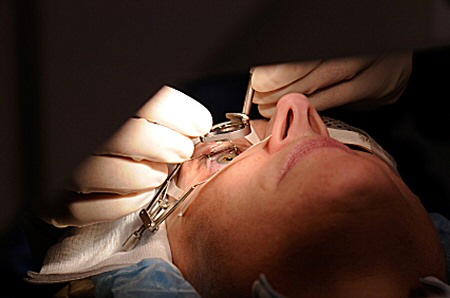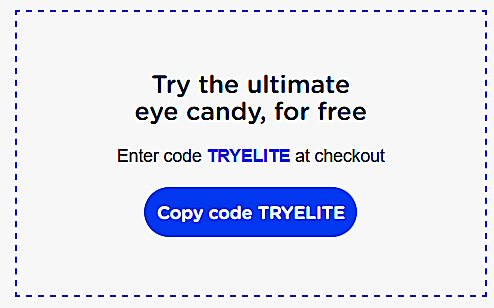No Touch Laser Eye Surgery
What is no touch laser eye surgery? If there's no touch, does that mean there's no pain?
While tens of thousands of people decide to have LASIK surgery for permanent vision correction every year, many others are scared of the procedure, especially when they start to ask questions about how the LASIK process actually works.
LASIK is an acronym for Laser-Assisted In Situ Keratomileusis. and is the modern way of offering permanent 20:20 vision, where a thin flap is lifted from the cornea to then allow an excimer laser to reshape the tissue underneath, correcting the flow of light into the eye.
What many people don't know, however, is that one of the ways to "lift" the flap from the cornea involves using a BLADE called a microkeratome to literally slice a tiny sliver from the top of the cornea...
But there is another way of "cutting" that corneal flap and that's where no touch laser eye surgery comes in.
Bladeless Lasik No Touch Laser Eye Surgery
It's actually somewhat misleading as the "no touch" bit refers to what is essentially a bladeless LASIK operation, using a second laser, called a femtosecond laser, to cut the flap, rather than a blade doing its dirty work.
You will still have to undergo the uncomfortable sensation of having an ugly clamp on your eye to keep it open during the operation, and the corneal flap still has to be lifted out of the way using a spatula-like implement.
Once the excimer laser has done its work, the flap then has to be replaced with the spatula thing, so you can see that "no touch laser eye surgery" is actually pretty tactile after all!
 And don't forget the suction cap that is needed to keep the eye stationary at the critical laser moment!
And don't forget the suction cap that is needed to keep the eye stationary at the critical laser moment!
Best Laser Eye Surgery
The more you research the topic of LASIK eye surgery, the more you have to ask yourself what the best no touch laser eye surgery really is. Obviously the best person to ask is a qualified surgeon with years of experience in this specialist opthamology field.
And prepare to be mind-boggled as while LASIK is the most modern type of eye surgery for permanent vision correction, there is also PRK, otherwise known as Photorefractive Keratectomy, an older method, but one that is still used for patients with very thin corneas and also for patients with highly active lifestyles, where damage could be caused to the corneal flap.
Or the more up to date version of PRK, called LASEK (just to confuse you even more, with a similar name to LASIK!), which stands for Laser Epithelial Keratomileusis.
PRK is a bladeless no touch laser eye surgery method, but the key difference from LASIK is that NO corneal flap is cut and raised; instead, the laser burns a portion of the epithelial surface of the eye before the excimer laser gets to work.
LASEK is a newer form of PRK, where a flap IS cut, but using an instrument that can cut much finer and is therefore suitable for patients with ultra thin corneas too.
You may have recognised by now that I'm not likely to choose this type of eye surgery, bladeless or not, but if you're still interested in permanent vision correction, do ask your surgeon about the best type of procedure for you and whether no touch laser eye surgery is an option.
Be warned though, the cost for bladeless operations is higher.
Related pages:






New! Comments
Have your say about what you just read! Leave me a comment in the box below.